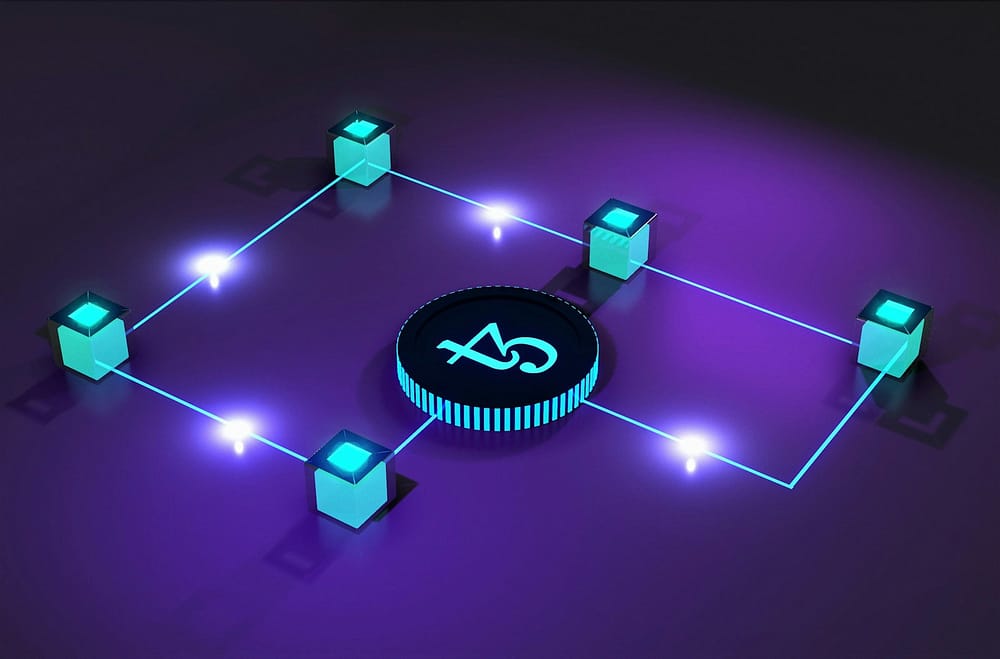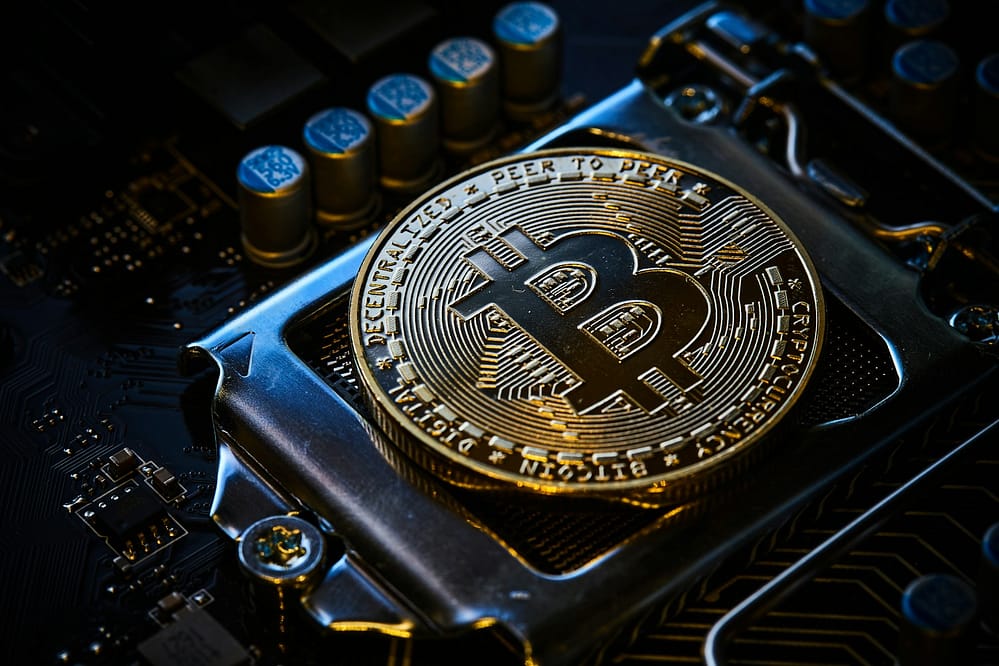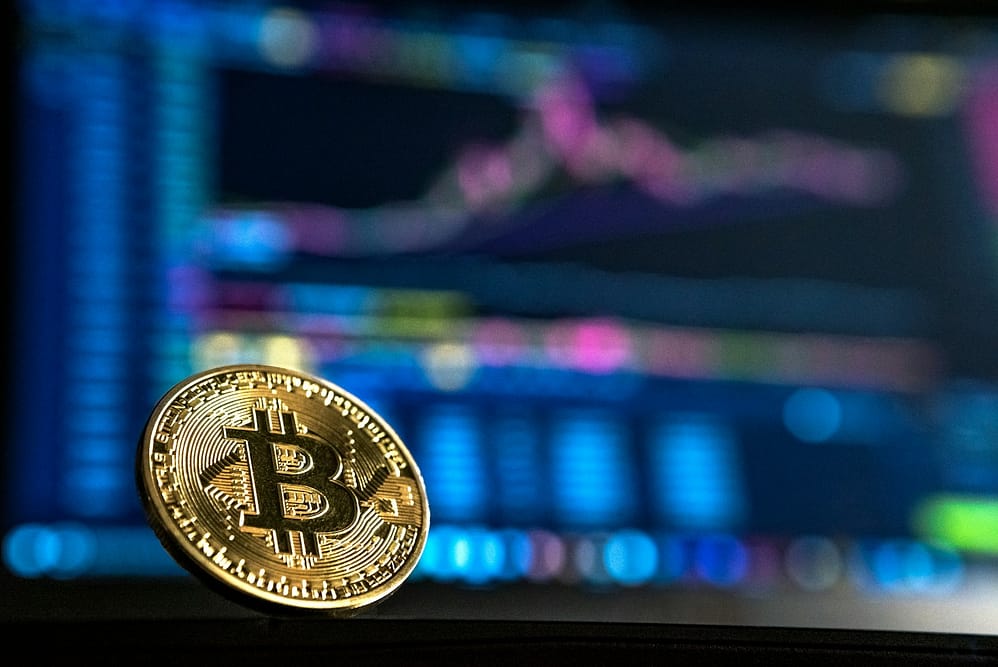Blockchain Technology and Cryptocurrency – How It Works
Why Does Everyone Talk About Blockchain?
Let’s be honest: the first time you heard the word blockchain, you probably imagined a giant chain made of digital blocks floating in space. Or maybe you thought it was a new Super Mario level where he jumps from block to block while dodging flying Bitcoins.
But nope — blockchain is not a video game. It’s a groundbreaking technology that powers cryptocurrencies like Bitcoin and Ethereum. Even more, it’s sneaking into industries like finance, healthcare, supply chains, and even voting.
Table of Contents
When I first Googled “blockchain,” I ended up on a YouTube video filled with scary charts and stock tickers moving faster than my eyes. I gave up halfway and thought: “This is not for me.” If you’ve ever felt the same, this post is for us normal folks.
If you’re a beginner to tech, you might want to first check out my guide on How to Host Your Website on Cloud Hosting or even What and How to Design UI/UX so you’re warmed up before diving deep into blockchain.
What Is Blockchain? (No, It’s Not Magic)
At its core, blockchain is a digital ledger — basically a record book — but instead of being kept in one office or with one banker, it’s spread across thousands of computers worldwide.
Think of it like a giant Google Doc:
- Everyone can see the updates.
- No single person can secretly delete or change a line.
- Once something is written, it stays there permanently.
This makes blockchain transparent, secure, and decentralized. Unlike traditional banks, where your money and data are controlled by one entity, blockchain puts control in the hands of the network.
Personal story: When I first tried explaining blockchain to my mom, she asked, “So… is it like a WhatsApp group where everyone sees the messages?” Honestly, she wasn’t far off. She still tells her friends I “work with internet money.” Thanks, Mom.
Curious how websites work in a similar distributed way? Check my post on What is a Database? — it’s basically the cousin of blockchain in the web world.
How Does Blockchain Work?
Here’s the simple breakdown:
- Transaction starts – You send money, buy something, or record data.
- Transaction is verified – Computers on the blockchain (called “nodes”) check that everything is legit.
- Transaction is added to a block – Think of this as one page in the record book.
- The block is chained – Once full, the block is linked to the previous block, forming a chain (get it?).
- Everyone gets a copy – The updated chain is shared across all computers in the network.
That’s it. No wizardry, no secret smoke rituals. Just math, encryption, and teamwork.
It’s like that one friend in a group project who insists on making copies of everything so nobody can claim, “I didn’t see it.” Except here, the entire class has a copy.
Still confused? A deeper breakdown is on Investopedia’s blockchain guide.
What Makes Blockchain Special?
Three reasons blockchain is unique:
- Decentralization: No central boss. The network runs itself.
- Transparency: Anyone can check the transactions. No shady edits.
- Security: Nearly impossible to hack or change data.
Compare that to banks: if a hacker breaks in, millions of records could be altered. On blockchain, they’d need to hack thousands of computers at once. Good luck with that.
Honestly, I can barely keep my Gmail password safe, so knowing blockchain has my back feels like having a digital bodyguard who never sleeps.
Want to know how security works for normal websites? Read my post on How to Choose the Right Technology for Your Website.
Where Did Cryptocurrency Come In?
Okay, now let’s talk about the star child of blockchain: cryptocurrency.
Cryptocurrency is basically digital money that runs on blockchain technology. Instead of paper notes or coins, it exists purely in digital form. The first one ever created? Bitcoin, in 2009, by a mysterious person (or group) called Satoshi Nakamoto.
Why does crypto exist?
- To allow peer-to-peer transactions (no middleman banks).
- To give people more control over their money.
- To provide an alternative to government-issued money.
Confession: I heard about Bitcoin in 2015 and thought it was a scam. If only I had bought some then… today I’d be writing this from my private island instead of my small desk.
Want a beginner-friendly look at digital businesses? Check my post on How to Start a Tech Business Step by Step.
How Do Cryptocurrencies Work?
Cryptocurrencies use cryptography (fancy math-based security).
- Every user has two keys: a public key (like your bank account number) and a private key (like your PIN).
- Transactions are verified by miners or validators on the blockchain.
- Once approved, the transaction is added to the chain and can’t be reversed.
Sending crypto is like sending a WhatsApp voice note. Once it’s out there, you can’t unsend it — even if you sounded like a dying goat.
Learn more from CoinDesk’s crypto beginner guide.
Mining, Proof-of-Work, and Proof-of-Stake
Here’s how transactions are actually confirmed:
- Proof-of-Work (PoW): Used by Bitcoin. Computers solve complex puzzles in a giant math competition. Winner gets rewarded with coins. Downside? Uses a TON of electricity.
- Proof-of-Stake (PoS): Used by newer blockchains like Ethereum 2.0. Instead of burning electricity, people “stake” coins as collateral to validate transactions. Faster, cheaper, eco-friendly.
Imagine your laptop fan going wild because you opened 20 Chrome tabs. Now multiply that by a million — that’s crypto mining.
Popular Cryptocurrencies
You’ve probably heard of these big names:
- Bitcoin (BTC): The OG, digital gold.
- Ethereum (ETH): The smart contract king.
- Tether (USDT): A stablecoin pegged to the US dollar.
- BNB, Solana, Cardano: Other strong players.
Analogy: Bitcoin is the Beyoncé of crypto: everyone knows it. Ethereum is more like Jay-Z — powerful in its own right but also building big things behind the scenes.
Related read: What is Freebitco.in and How You Can Use It.
Beyond Money: Other Uses of Blockchain
Blockchain isn’t just about money. It’s already being used in:
- Supply Chains: To track goods from factory to store (no more fake “Made in Italy” labels).
- Healthcare: To secure patient records.
- Voting Systems: To prevent election fraud.
- NFTs (Non-Fungible Tokens): Digital art, collectibles, and music.
My uncle still asks me why people pay thousands for a “JPEG” when he can just screenshot it. Honestly? Fair question, Uncle.
Pros and Cons of Blockchain & Crypto
✅ Pros:
- Secure and transparent
- Fast transactions compared to banks
- Cuts out middlemen
- Global access
❌ Cons:
- Volatile (crypto prices swing like a rollercoaster)
- Complex for beginners
- High energy use (for PoW)
- Scams and fake projects
One day you feel rich, the next you’re Googling how to sell your house. That’s crypto.
Should You Care About Blockchain?
Yes! Even if you never buy Bitcoin, blockchain is creeping into daily life.
- Businesses use it for transparency.
- Governments are testing digital currencies.
- Developers are building apps, games, and even social media platforms on blockchain.
Personal tip: Don’t feel pressured to jump on every crypto trend. Educate yourself first — that’s the real power. (Trust me, I’ve gone down too many rabbit holes on Reddit and come out more confused than before.)
If you’re thinking of promoting a website or online project in the future, my guide on How to Advertise a Website will come in handy.
Conclusion: The Future of Blockchain and Crypto
Blockchain is more than a buzzword. It’s a new way of storing, sharing, and securing information. Cryptocurrency is just the first big application, but the potential stretches far beyond money.
Today, it might feel confusing. Tomorrow, it might be as normal as using the internet or mobile banking.
If you’re still a bit lost, that’s okay. I was too. The trick is to keep learning — and maybe laugh at the memes along the way.
So next time someone says “blockchain”, you won’t panic. You’ll smile and say: “Ah yes, the giant Google Doc that runs the future.”
Hi, I’m Prince Stephen Mordi, the mind behind Voob.com.ng. I write simple, beginner-friendly guides on tech, blogging, and making money online. My goal is to help you navigate the internet without headaches—because tech doesn’t have to be complicated!




